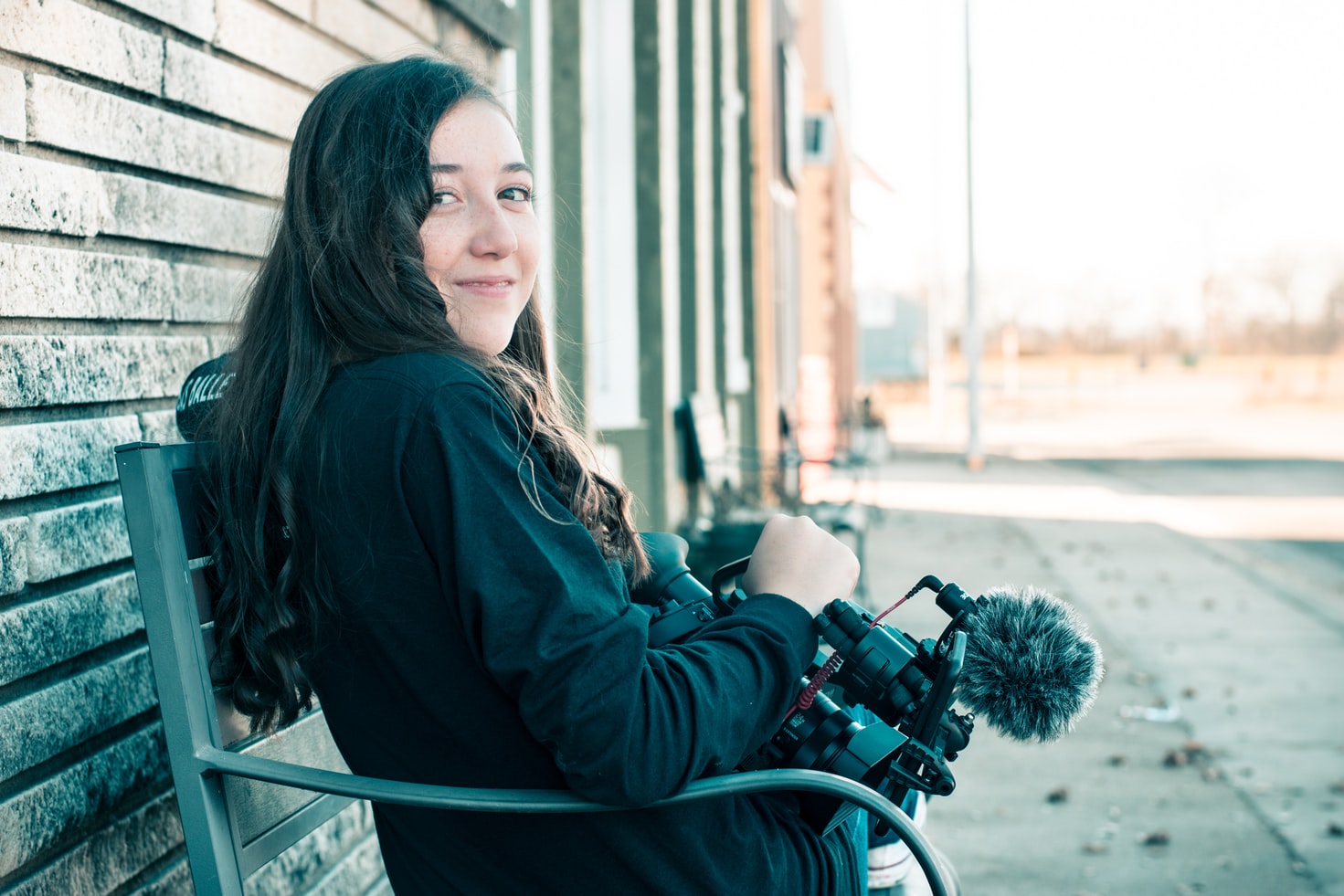
© Colton Sturgeon
There are many reasons for a film to be made, and many ways to craft one. ‘Film’ is also a term that can refer to many pieces of videography, be that an actual feature film, a short movie, advertising material, a music video, YouTube content, and more.
As there are many means by which to define ‘film,’ there are also various measures by which to grade its crafting as art. An intensive debate that many find value in discussing is ‘how accessible should film be?’ This can depend entirely on the overall scope of the project and the scope within. Education films should, of course, be accessible to a fault, while a fragrance advertisement can move into even auteur filmmaking, provided the product itself is clearly shown.
However, accessibility has a long way to go, and the means by which to include it in film is essential. In this post, we’ll discuss six ways by which accessibility can be implemented in film in order to empower your future projects and give you more options to choose from as producer or director. Without further ado, please consider:
Localization
Of course, it’s essential to think of the myriad of ways in which accessibility can be applied to a film experience via additions and considerations, but it’s also important to consider the most baseline of measures used to recognize something, that being localization. Often, film titles, posters and other marketing materials will be cultivated based on the country and most spoken language of said country, with some allowances for culture, too.
In some cases, this may mean providing new edits of a film in order to get around national ratings boards, as they will often make suggestions as to why your film received the rating it did, and what you may consider doing should you wish to lower that number. Sure, there’s no need to adjust the content of your film itself depending on where you wish to broadcast it, but even that can be an option to.
For instance, the Welsh television noir Hinterland shot in two languages, both English and Welsh. While it’s unlikely you’ll put the resources forward towards localization in this way, it’s nice to know it’s always an option for accessibility. In some cases, voiceover and dubbing can do the heavy lifting.
Subtitling
Subtitling is the most well-known form of crafting accessibility in film, and for obvious reasons. First and foremost, subtitles are useful even for those who have no problem with hearing, as sometimes the sound mixing can betray words spoken, or viewers simply enjoy watching with them on as a means to follow the story more closely.
That said, excellent subtitling services will also be able to properly catch every word in the script and present that. Subtitling in itself will provide dialogue, while closed captioning provides that as well as audio descriptors for notable sounds taking place. This can be most helpful for deaf or hard-of-hearing viewers. Subtitling is a necessary art, and almost essential if you hope to have your film picked up by a festival, function as an advertisement, or even find itself posted on YouTube.
Audio Descriptive Services
Audio descriptive services involves a light reading of the action taking place including pauses for dialogue and other action. Usually, a narrator delicately explains the action taking place on-screen so that those with limited vision can more easily follow the story and enjoy the experience of the film. This can turn film into something more of an audio drama, but as vision loss operates on a spectrum it can provide for the full gamut of those who need extra guidance to follow the story, without intruding on the overall presentation.
It takes care and attention to get this practice right, but doing so faithfully can help you once again widen your audience to a fantastic degree. Many feature films now use this as standard, although unfortunately, it’s less common among files hosted on streaming services.
Translation
Of course, having foreign languages interpreted for you is a form of accessibility measure, so even if you’re fully abled bodied, you have no doubt benefited from a studio investing in making the film more accessible to you in the past. This translation may take the form of full-scale dubbing, ADR work or most likely subtitling as expressed above.
It’s why films like Parasite won big at the Oscars, and it’s why international projects are receiving so much more love. Even streaming giants like Netflix are taking old anime series and dubbing over them to present them to an entirely new audience. It might be that investing in a translation service could help your film perform more competently.
Funding Initiatives
Of course, so far we’ve spoken of measures that are used to help viewers of films feel included and able to interface with such work directly. But why can’t we assume that the film scene would be so much richer if those with different perspectives and capabilities offered their input into the generation of great films?
For instance, earlier this year the BFI Doc Society invested in creating industry resources for disabled-inclusive filmmaking and exhibitions. It’s not hard to see the value this will bring. Supporting initiatives like this can allow us to invest our own support into heightening accessibility in the filmmaking space, ultimately making this discipline richer for everyone involved.
Representation
Finally, representation. More and more people are understanding why this matters, why original stories are important, and why it’s necessary to ensure that everyone is able to feel as though their stories can be told in the filmmaking space. Note that this doesn’t mean every single project needs to be perfectly representative, or that some projects entirely authored by one community over another have no worth. What matters is our continued support to create awareness and space so that we have more voices creating art than ever before, without artificial limitations taking place.
With this advice, your budding filmmaking efforts will no doubt find their way, and include a larger audience than could have ever been enjoyed before.



















